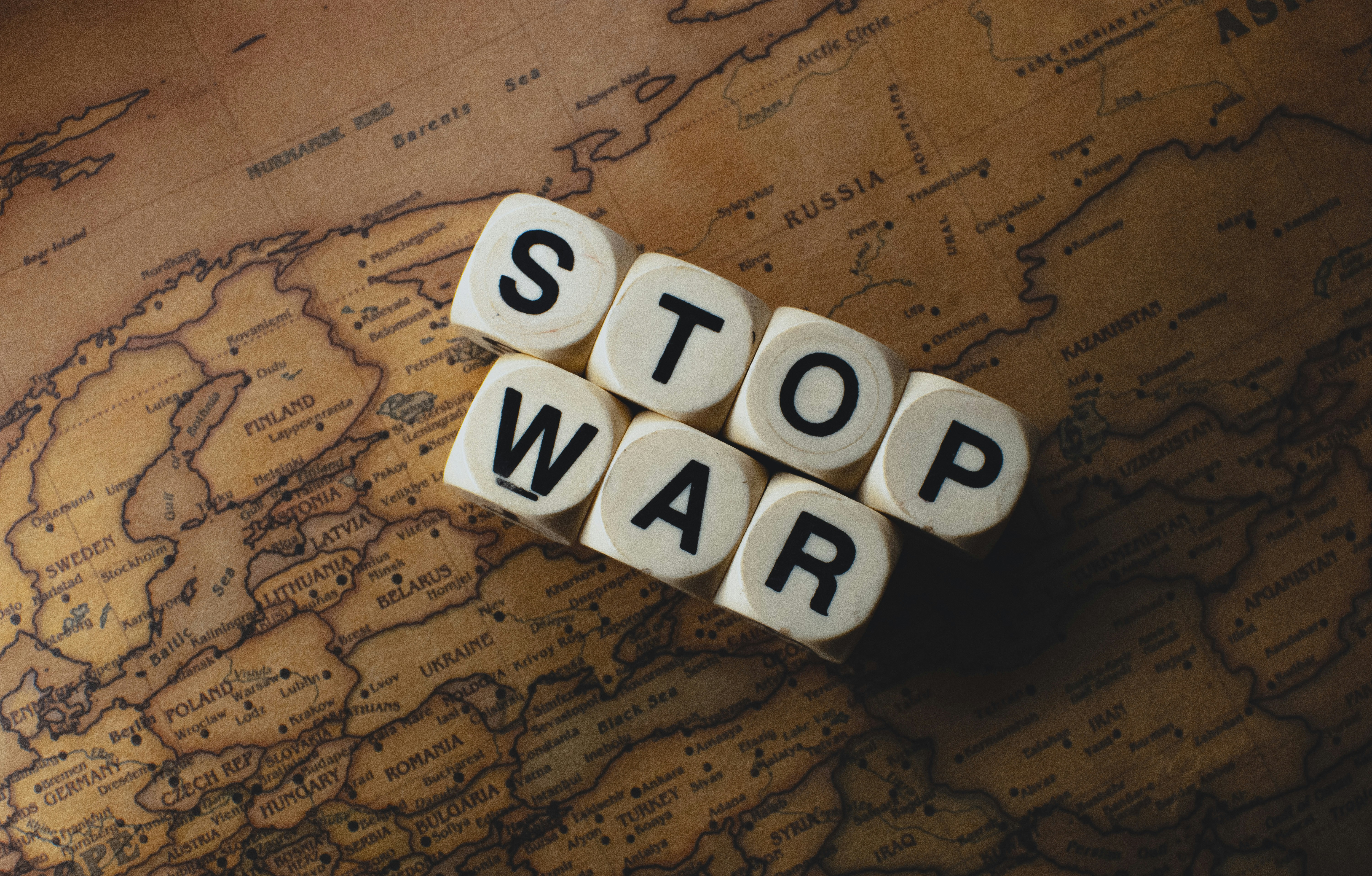
Historical Context of Global Conflicts
The historical context of global conflicts provides essential insight into the complexities that shape international relations today. The aftermath of the Cold War resulted in a significant shift in global dynamics, fostering both competition and cooperation among nations. Following the dissolution of the Soviet Union in 1991, the United States emerged as the predominant superpower, leading to an era marked by the spread of liberal democracy and capitalism. However, this dominance was challenged by the rise of regional powers and non-state actors, introducing new layers of complexity to geopolitical tensions.
In examining past world conflicts, it is evident that the consequences of wars such as World War I and World War II have had lasting impacts on global political structures. The Treaty of Versailles, for instance, not only redrew borders but also sowed the seeds of resentment that contributed to the emergence of World War II. Such historical events underscore the importance of understanding the underlying causes of conflict, as they resonate through contemporary diplomatic relations.
The Cold War period was particularly instructive, showcasing the delicate balance of power and the potential for escalation. The nuclear arms race, proxy wars, and ideological confrontations served as stark reminders of how quickly tensions can rise between rival states. Key takeaways from this era include the significance of diplomacy and the establishment of international organizations aimed at conflict resolution, such as the United Nations. These lessons remain relevant as rising tensions in various regions, including Eastern Europe and the South China Sea, pose potential flashpoints for future conflict.
As we analyze current international relations, it is crucial to draw parallels with past conflicts, recognizing how historical narratives influence present-day tensions. The patterns of aggression, negotiation, and resolution learned from previous wars inform both governmental and social attitudes toward the possibility of future conflicts, including the threat of a third world war.
Current Geopolitical Tensions
The geopolitical landscape of today is marked by intricate dynamics and a multitude of flashpoints that hold the potential to spark broader conflicts, potentially culminating in World War 3. One particularly alarming area is the ongoing tensions between NATO and Russia. Following the annexation of Crimea in 2014 and ongoing military presence around Eastern Europe, relations between NATO nations and Russia have reached unprecedented lows. The military exercises conducted by both sides, along with the buildup of troops near the borders, indicate an environment ripe for miscalculations or unintended escalations.
Furthermore, the South China Sea has emerged as another critical theater of power struggles, characterized by territorial disputes between China and several Southeast Asian nations, including the Philippines, Vietnam, and Malaysia. The region’s significance as a global maritime trade route only heightens the stakes involved. China’s assertive military posture, alongside the United States’ commitment to supporting its allies through freedom of navigation operations, has intensified the situation, raising concerns over possible military confrontations in this vital area.
In the Middle East, protracted conflicts continue to pose significant challenges to global stability. The ongoing civil war in Syria exemplifies the complexity of current geopolitical tensions, with various nations, including Russia, Iran, and the United States, pursuing their strategic interests within a deeply fragmented landscape. The region is further complicated by the Israel-Palestine conflict and the unstable situation in Iraq and Afghanistan, where multiple actors are involved in power struggles. Here, alliances and rivalries are fluid, further complicating any prospect for peaceful resolution.
The roles of key nations and alliances, including economic sanctions, diplomatic efforts, and military posturing, are pivotal in either fueling or mitigating these tensions. As global interconnectivity grows, the potential for localized conflicts to escalate into a larger confrontation remains a pressing concern. These dynamics illustrate the precarious nature of current geopolitical relations and serve as a precursor to future implications on global peace and security.
Nuclear Proliferation and Military Technology
Nuclear proliferation represents one of the most significant threats facing global security today. As more nations attain the capacity to develop nuclear weapons, the complexity of international relations intensifies. The acquisition of nuclear capabilities by states often leads to heightened tensions, with countries feeling threatened and compelled to enhance their own military arsenals. This arms race not only exacerbates regional conflicts but also increases the risk of catastrophic consequences should a conflict escalate.
A critical factor in the landscape of modern warfare is the principle of deterrence, which posits that the possession of nuclear weapons can prevent adversaries from engaging in aggressive acts. However, this theory operates under the assumption that both parties recognize the mutual destruction that would ensue from nuclear engagement. Miscalculations and miscommunications have the potential to undermine this delicate balance, leading to rapid escalations that could spiral out of control.
In addition to nuclear weapons, the advancements in military technology play a pivotal role in contemporary conflicts. Innovations such as artificial intelligence, hypersonic missiles, and autonomous weapon systems significantly change how warfare is conducted. These technologies can enhance military effectiveness, but they also bring new vulnerabilities, especially in terms of cybersecurity. Cyber threats can disrupt critical infrastructure and military systems, further complicating the global security scenario.
The interplay of nuclear proliferation and cutting-edge military technology not only poses challenges for existing diplomatic frameworks but also increases the likelihood of large-scale conflicts. Nations must navigate these treacherous waters carefully, as the stakes are tremendously high. Understanding the implications of these developments is essential for anticipating future conflicts and formulating strategies to mitigate the risks associated with nuclear arms and emerging military technologies.
Preventative Measures and Global Cooperation
The prevention of potential conflicts that could lead to World War 3 necessitates a strong emphasis on international diplomacy and cooperation. Governments and global organizations must work collaboratively to address the root causes of tensions between countries. One key institution in this regard is the United Nations (UN), which serves as a platform for dialogue, negotiation, and conflict resolution among member states. Through its various agencies and peacekeeping missions, the UN plays a vital role in fostering cooperation and maintaining international peace.
Additionally, disarmament agreements are critical in reducing the risk of large-scale military confrontations. Treaties such as the Treaty on the Non-Proliferation of Nuclear Weapons (NPT) and the Comprehensive Nuclear-Test-Ban Treaty (CTBT) aim to inhibit the spread of nuclear weapons and promote disarmament among nuclear states. Such agreements help build trust between nations, thereby mitigating the likelihood of miscommunication or miscalculations that could escalate into conflict.
Confidence-building measures represent another important strategy for averting global tensions. These measures encourage transparent communication and foster mutual understanding between nations. By engaging in joint exercises, sharing military information, and participating in regional dialogues, countries can significantly reduce misunderstandings that often lead to escalation. These initiatives often pave the way for deeper partnerships and collaborative approaches to global issues, including climate change and health crises.
Apart from government initiatives, the role of public awareness and grassroots movements cannot be understated. Advocacy for peace and conflict resolution efforts at the community level can influence national policies and decisions, promoting a global culture of peace. Grassroots organizations often mobilize citizens to engage in dialogues, fostering a broader understanding of international issues, and emphasizing the need for diplomatic solutions over military actions. Recognizing the interconnectedness of global society is essential for future security and stability.

